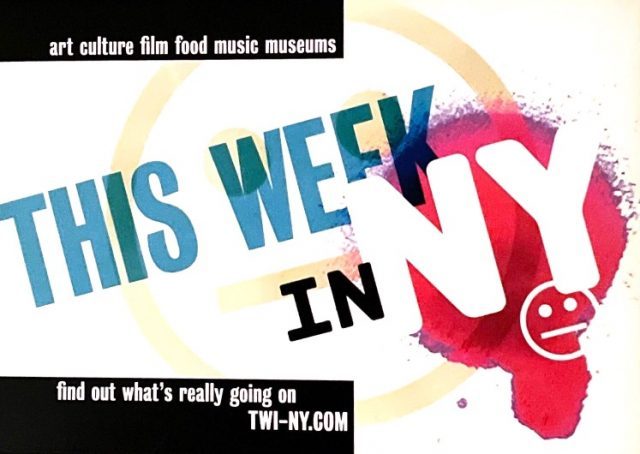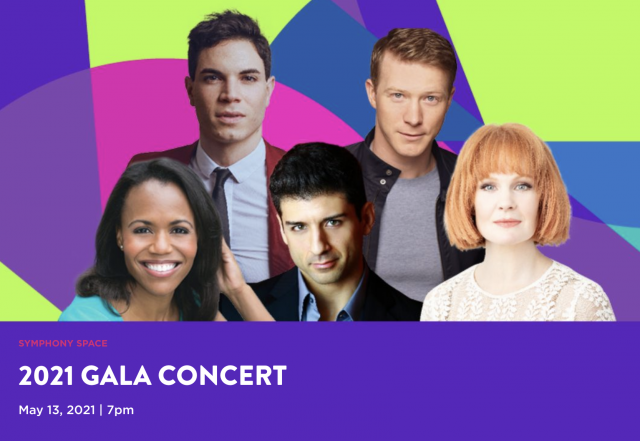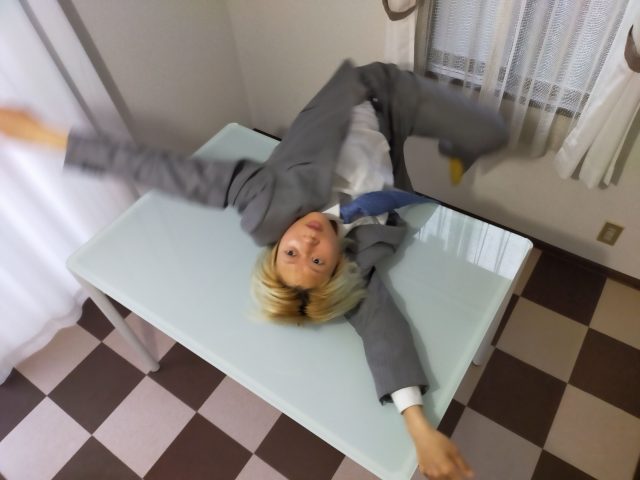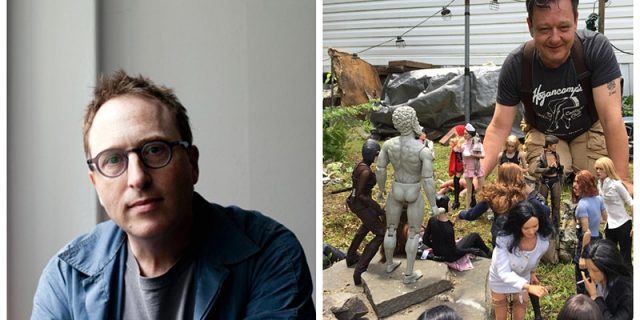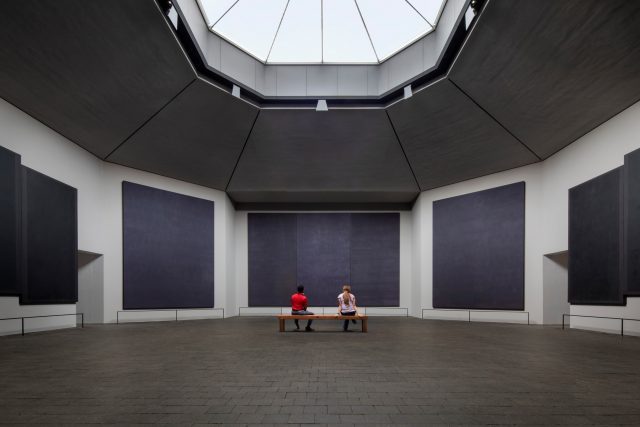Who: Stephen Petronio Company
What: Digital Joyce season
Where: Joyce Theater online
When: May 13, 8:00 – May 26, 11:59 pm, $25
Why: When Manhattan-based Stephen Petronio Company had to cancel its May 2020 season at the Joyce because of the pandemic lockdown and went virtual instead, few anticipated that the May 2021 season would have to be online as well. But SPC is back with a new JoyceStream program, available on demand May 13-26, highlighting how busy Petronio has been in the last year, creating works at the Petronio Residency Center and Hudson Hall in upstate New York during the coronavirus crisis. Petronio, who hosted his intimate sixty-fifth birthday party over Zoom in March, will be presenting five works conceived or reimagined over the last year in bubble residencies. Two versions of the new duet Are You Lonesome Tonight, with Ryan Pliss and Mac Twining, will be shown, part of a new suite of dances set to the music of Elvis Presley; one was filmed onstage by Petronio and John Fitzgerald, the other outdoors by Petronio and Blake Martin. Petronio’s 1993 solo to another Presley tune, Love Me Tender, has been updated for online viewing, performed by Nicholas Sciscione and filmed by Fitzgerald.
Petronio’s seven-year Bloodlines series, in which he reinterprets classic works by major choreographers, continues with an adaptation of Trisha Brown’s 1973 autobiographical Group Primary Accumulation; for the first time, one of the four dancers is male. And the troupe will debut the full-company piece New Prayer for Now Part 1, with music by Monstah Black that was inspired by Harry Thacker Burleigh’s spiritual “Balm in Gilead” and Paul Simon’s “Bridge Over Troubled Water.”

Two versions of Are You Lonesome Tonight are part of Stephen Petronio Company online Joyce season
The evening will also include Dancing Camera’s short film Pandemic Portraits, which delves into company members’ individual responses to the health crisis and lockdown, and a look at Petronio’s In Absentia, a limited-edition illustrated book, made in collaboration with Sarah Silver and Rafael Weil, that explores Petronio’s thoughts since March 2020. You can watch a Joyce talkback with Petronio, Carolyn Lucas of Trisha Brown Dance Company, and Dante Puleio of Limón Dance Company here as the three artistic directors discuss their online Joyce seasons with moderator Aaron Mattocks; Trisha Brown continues through May 12 and Limón through May 19.
